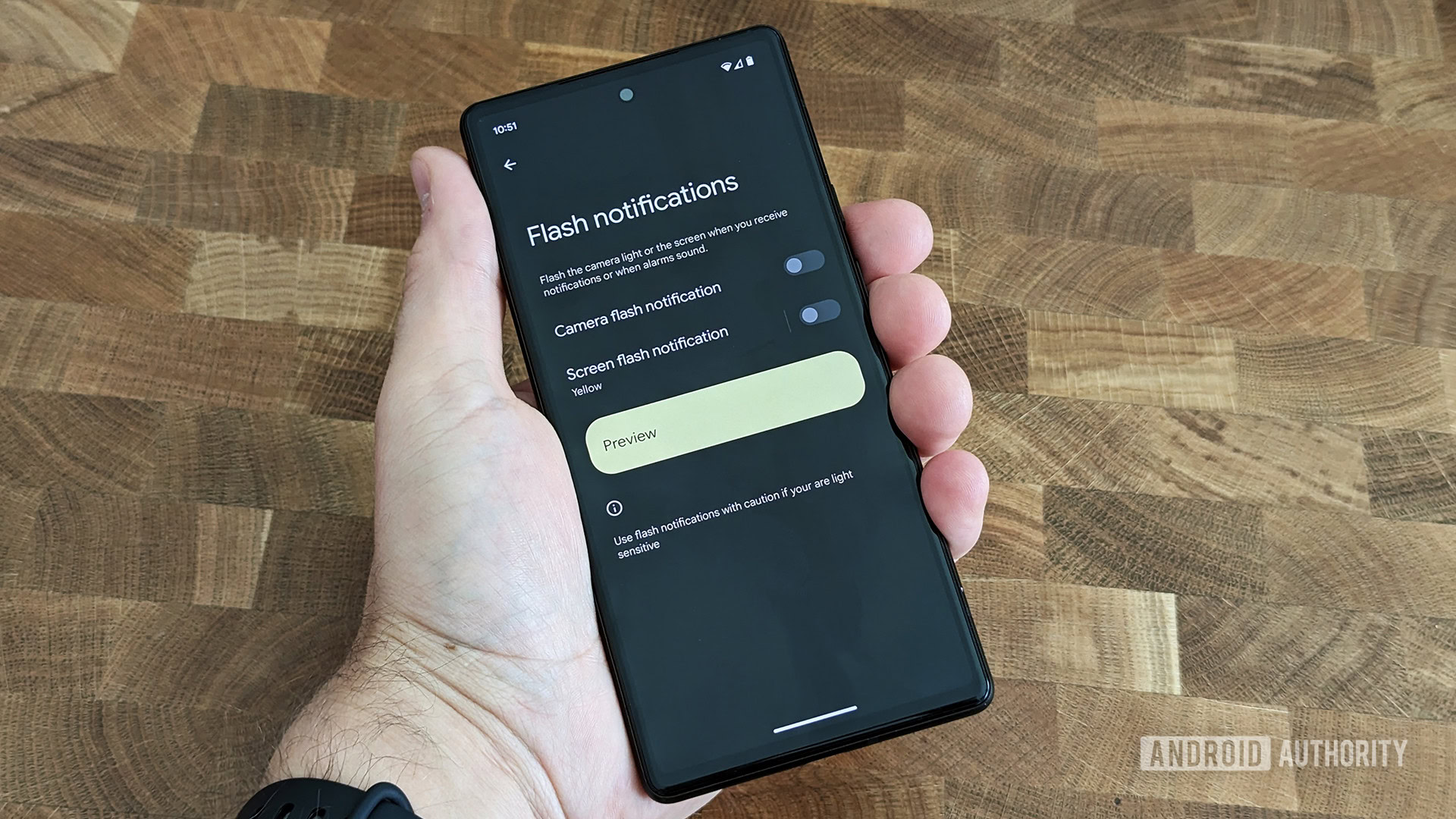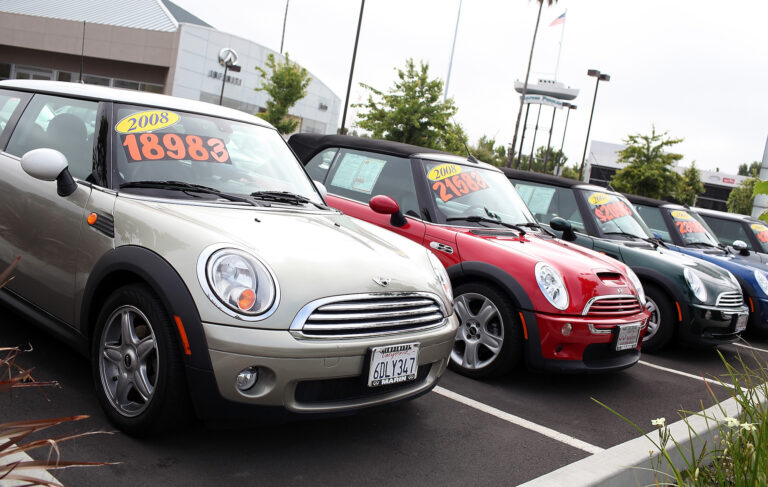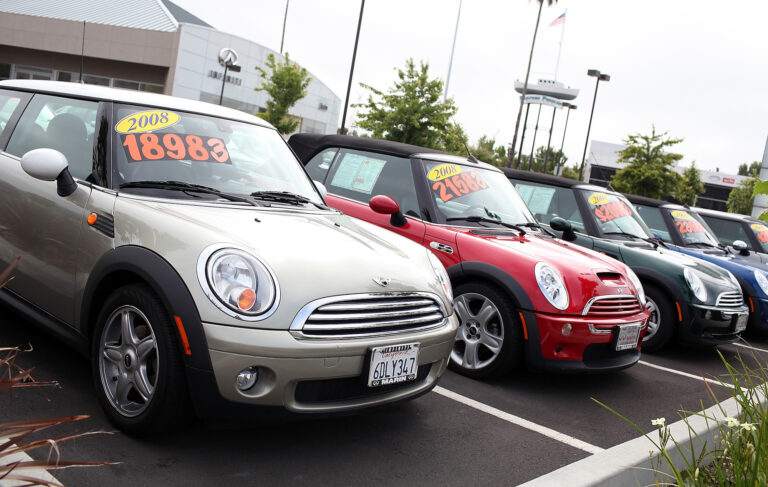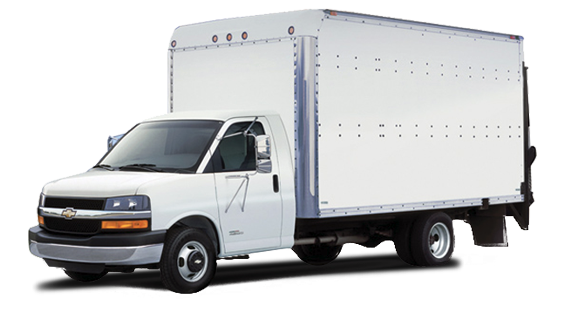Android Car Stereo Brands: Navigating the Smart Evolution of In-Car Entertainment
Android Car Stereo Brands: Navigating the Smart Evolution of In-Car Entertainment cars.truckstrend.com
The humble car stereo has come a long way from simply playing radio stations or cassette tapes. Today, it stands as the central hub of a modern vehicle’s infotainment system, and leading this revolution are Android car stereos. These sophisticated head units transform your dashboard into a powerful tablet, offering unparalleled connectivity, navigation, and entertainment options directly within your vehicle. Far more than just a music player, an Android car stereo brings the familiar world of smartphone apps, GPS navigation, and multimedia streaming right to your fingertips, redefining the driving experience for millions.
This comprehensive guide will delve into the world of Android car stereo brands, exploring what makes them indispensable, the key features to consider, prominent brands in the market, practical advice for choosing and installing one, and addressing common queries.
Android Car Stereo Brands: Navigating the Smart Evolution of In-Car Entertainment
The Rise of the Android Car Stereo: More Than Just Music
At its core, an Android car stereo is a head unit running a version of the Android operating system, similar to your smartphone or tablet. This fundamental difference unlocks a universe of possibilities that traditional car stereos simply cannot match.
Key Benefits and Features:
- Integrated Navigation: Say goodbye to separate GPS devices or phone mounts. Android stereos come with built-in GPS modules and allow you to use popular navigation apps like Google Maps, Waze, and Sygic directly on a large, vibrant touchscreen.
- App Ecosystem: The biggest advantage is access to the Google Play Store. Download your favorite music streaming apps (Spotify, Apple Music, Pandora), podcast players, communication tools (WhatsApp, Telegram), and even productivity apps.
- Seamless Smartphone Integration: While some units offer wireless Apple CarPlay and Android Auto for mirroring, many Android stereos function independently, providing a full Android experience without needing to tether your phone constantly. Bluetooth connectivity for hands-free calling and audio streaming is standard.
- Advanced Multimedia Playback: Support for a vast array of audio and video formats, USB and SD card inputs, and even DVD/CD playback on some models. High-resolution screens offer an excellent viewing experience for passengers.
- Customization and Personalization: Android’s open nature allows for extensive customization, from widgets and themes to launcher apps, making your stereo truly yours.
- Vehicle Diagnostics: With an OBD-II dongle, some units can display real-time vehicle data, engine codes, and performance metrics, turning your stereo into a diagnostic tool.
- Camera Inputs: Support for front, rear, and even 360-degree cameras, significantly enhancing parking safety and situational awareness.
- Internet Connectivity: Built-in Wi-Fi and often a SIM card slot for 4G LTE connectivity ensure you’re always online, whether for navigation updates, streaming, or app downloads.


Navigating the Market: Key Considerations When Buying
Choosing the right Android car stereo can seem daunting given the vast array of options. Here are the crucial factors to consider:
-
Compatibility (DIN Size & Vehicle Specific):

- Single DIN (1DIN): Older standard, typically 2 inches tall. Android units often feature a large screen that "floats" in front of the single DIN chassis.
- Double DIN (2DIN): The more common modern standard, 4 inches tall. Most integrated Android units fit this size.
- Vehicle-Specific (OEM Style): These units are designed to seamlessly integrate with a particular car model’s dashboard, matching its aesthetics, button layout, and often retaining factory features like steering wheel controls, climate control display, and original camera inputs. They look like they came from the factory.
- Universal: These fit standard DIN slots but may require a dash kit, wiring harness adapter, and a steering wheel control interface to integrate properly into your vehicle.
-
Hardware Specifications (The Brains of the Operation):
- Processor (CPU): Look for octa-core processors for smoother performance. A faster CPU means quicker app loading and less lag.
- RAM (Random Access Memory): Crucial for multitasking. Aim for at least 4GB of RAM for a fluid experience, though 2GB can suffice for basic use. 6GB or 8GB offers premium performance.
- ROM (Internal Storage): Where apps and data are stored. 32GB is a minimum, 64GB or 128GB is recommended for downloading offline maps, music, and multiple apps.
-
Screen Quality:
- Size: Ranging from 7 inches to 10.25 inches or even larger. Consider what fits your dash and visibility needs.
- Resolution: 1024×600 pixels is standard, but 1280×720 (HD) or even 1920×1080 (Full HD) offers a sharper, more vibrant display.
- Panel Type: IPS screens offer wider viewing angles and better color reproduction.
-
Audio Quality & Features:
- Digital Signal Processor (DSP): A good DSP allows for precise audio tuning, equalization, time alignment, and bass management, significantly improving sound quality.
- Pre-amp Outputs: Look for 4V or higher pre-amp outputs if you plan to connect external amplifiers for better sound.
- Built-in Amplifier: Check the RMS (Root Mean Square) wattage for the internal amplifier, typically 20-25W RMS per channel.
-
Connectivity:
- Bluetooth: Version 5.0 or higher for stable connections and better audio quality.
- Wi-Fi: Dual-band (2.4GHz and 5GHz) for faster internet speeds.
- 4G LTE (SIM Slot): For direct internet access without tethering your phone.
- USB Ports: Multiple ports are useful for charging devices, connecting flash drives, or external accessories.
-
Android OS Version: Newer versions (Android 10, 11, 12, or higher) offer better security, performance, and app compatibility.
Top Android Car Stereo Brands on the Market
The market for Android car stereos is diverse, with brands catering to various budgets and needs. Here are some prominent players:
- ATOTO: Known for their innovation and value, ATOTO offers a wide range of universal and semi-universal units (A6, S8, F7 series). They focus on user experience, strong hardware, and consistent software updates, often integrating features like gesture control and split-screen multitasking.
- Joying: A pioneer in the Android car stereo space, Joying provides units with powerful hardware and a more "raw" Android experience, appealing to users who want maximum customization and control. They offer both universal and vehicle-specific models.
- Eonon: A popular choice for budget-conscious buyers, Eonon offers a range of vehicle-specific and universal units. While sometimes not as feature-rich or powerful as higher-end brands, they provide a solid Android experience for the price.
- Dasaita: Specializing in vehicle-specific OEM-style units, Dasaita aims for seamless integration, making their stereos look like they came straight from the factory. They offer strong hardware and a good balance of features and performance.
- Xtrons: Another well-established brand, Xtrons offers a broad portfolio of universal and vehicle-specific Android head units. They are known for reliability and a wide range of features, often appealing to European markets.
- Pioneer/Kenwood/Sony (with Android OS variants): While traditionally known for their proprietary systems, some premium brands are now offering head units that run a full Android OS (distinct from just Android Auto). These tend to be more expensive but offer superior audio components and build quality.
Installation Considerations & Tips
- DIY vs. Professional Installation: While many users with basic automotive knowledge can install a universal unit, vehicle-specific units or those requiring complex wiring (e.g., integrating with fiber optic systems) might benefit from professional installation.
- Dash Kit & Wiring Harness: For universal units, a vehicle-specific dash kit (fascia adapter) is essential for a clean look, and a wiring harness adapter ensures a plug-and-play connection without cutting factory wires.
- Steering Wheel Control Interface: An additional module (like an ASWC-1) is often required to retain original steering wheel controls.
- Antenna Adapter: You’ll likely need an adapter for your car’s radio antenna.
- Testing: Before fully reassembling your dashboard, test all functions: audio, navigation, Bluetooth, camera inputs, and steering wheel controls.
Maximizing Your Android Car Stereo Experience
- Optimize for Driving: Install car-friendly launchers (e.g., Agama Car Launcher) for larger icons and simplified interfaces.
- Offline Maps: Download offline map regions for your navigation app to ensure functionality even without an internet connection.
- Regular Updates: Check for firmware and software updates from the manufacturer to ensure optimal performance, new features, and security patches.
- App Selection: Choose lightweight, car-optimized apps where possible to minimize resource usage.
- External Accessories: Consider adding a dash cam, TPMS (Tire Pressure Monitoring System) sensors, or an OBD-II dongle that can integrate directly with your Android stereo.
Potential Challenges and Solutions
- Compatibility Issues: Always double-check compatibility with your specific car model, year, and trim level. Use online resources, forums, and manufacturer guides.
- Installation Complexity: If unsure, consult a professional installer. Watching YouTube tutorials specific to your car and stereo model can also be very helpful.
- Software Glitches/Bugs: Like any Android device, occasional bugs can occur. Ensure you purchase from a reputable brand that offers firmware updates and customer support.
- Boot-up Time: Some units can take 15-30 seconds to boot up. Look for units with "fast boot" or "instant boot" features that keep the system in a low-power state for quicker starts.
- Sound Quality: While many Android stereos offer good sound, serious audiophiles might still prefer a dedicated external amplifier and high-quality speakers. The built-in DSP can significantly improve the sound from stock speakers.
Android Car Stereo Brands: Example Price Table
Please note: Prices are highly variable based on screen size, RAM/ROM, specific features, retailer, and regional promotions. These are estimated price ranges in USD for illustrative purposes.
| Brand | Series/Model Example | Key Features | Estimated Price Range (USD) |
|---|---|---|---|
| ATOTO | A6 KarLink / S8 Standard | Android 10/11, 2-8GB RAM, 32-128GB ROM, Wireless CarPlay/AA, DSP, Gesture Ctrl | $200 – $500 |
| Joying | Universal 1DIN/2DIN Series | Android 10/11/12, 4-8GB RAM, 64-128GB ROM, High-end DSP, Strong Community Support | $300 – $650 |
| Eonon | GA Series / Q Series | Android 10/11, 2-4GB RAM, 32-64GB ROM, Vehicle-specific options, Budget-friendly | $180 – $400 |
| Dasaita | PX6/PX5 Series | Android 10/11, 4-6GB RAM, 64-128GB ROM, OEM-style integration, Quality build | $350 – $700 |
| Xtrons | PB Series / TB Series | Android 10/11, 2-8GB RAM, 32-128GB ROM, Diverse range, European market focus | $250 – $600 |
Frequently Asked Questions (FAQ)
Q1: Can I install an Android car stereo myself?
A1: Yes, if you have basic DIY skills, access to online tutorials, and the correct vehicle-specific adapters (dash kit, wiring harness, steering wheel control interface). However, if you’re unsure, professional installation is recommended.
Q2: Will I lose my steering wheel controls?
A2: Not necessarily. Most Android stereos are compatible with steering wheel controls, but you’ll usually need an additional steering wheel control interface module (like an Axxess ASWC-1) to retain this functionality.
Q3: Are Android car stereos compatible with all cars?
A3: Universal units fit standard single or double DIN slots, but require adapters. Vehicle-specific units are designed for particular car models. Always verify compatibility with your car’s make, model, and year before purchasing.
Q4: Do I need an internet connection for an Android car stereo to work?
A4: Not for basic functions like radio, USB playback, or Bluetooth. However, an internet connection (via Wi-Fi or 4G SIM) is required for online navigation, app downloads, streaming services, and real-time traffic updates. You can download offline maps to use navigation without constant internet.
Q5: What’s the difference between an Android car stereo and a stereo with Android Auto?
A5: An Android car stereo runs the full Android operating system, allowing you to download and use any compatible Android app directly on the head unit. A stereo with Android Auto (or Apple CarPlay) mirrors a simplified interface from your smartphone, relying on your phone for processing and apps. The Android car stereo is a standalone Android device, while Android Auto is a projection system.
Q6: Can I update the Android OS version on my car stereo?
A6: This depends on the manufacturer. Some reputable brands provide firmware updates that may include OS upgrades, while others do not. Always check the manufacturer’s support policy.
Conclusion
Android car stereos have revolutionized in-car entertainment and connectivity, transforming standard vehicles into smart, multimedia-rich environments. They offer an unparalleled level of functionality, bringing the convenience and power of a tablet directly to your dashboard. By understanding the key features, considering compatibility, and choosing a reputable brand, you can select the perfect Android head unit to enhance your driving experience. As technology continues to evolve, these smart stereos are set to become an even more integral part of our daily commutes, keeping us connected, entertained, and on the right track.





